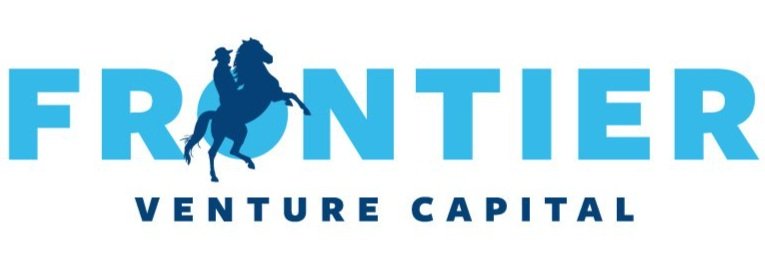This is how pay data can get the wage gap wrong
/When a company stays mum on the topic of pay equity, often, employees fill the void by crowdsourcing and sharing their own pay. This well-intentioned but misguided effort is dangerous because it often highlights issues that are not legitimate while masking the real problems.
Case in point: the New York Times released a piece on pay equity among journalism, advertising, and book publishing industry professionals entitled “On a Dry Spreadsheet, a Stark Difference: a $200,000 Pay Gap.” The article partly focused on a public spreadsheet called “Real Media Salaries” in which those in the industry self-reported pay data and included factors like race, gender and years of experience. And the headline was referring to one instance of a difference in pay between the following: “a white, male freelance creative director in New York with 28 years of experience reported a salary of $300,000. A Latino man with the same job description in New Jersey and 25 years of experience said he made $95,000.”
The intention was worthy, but the conclusions were just plain wrong.

